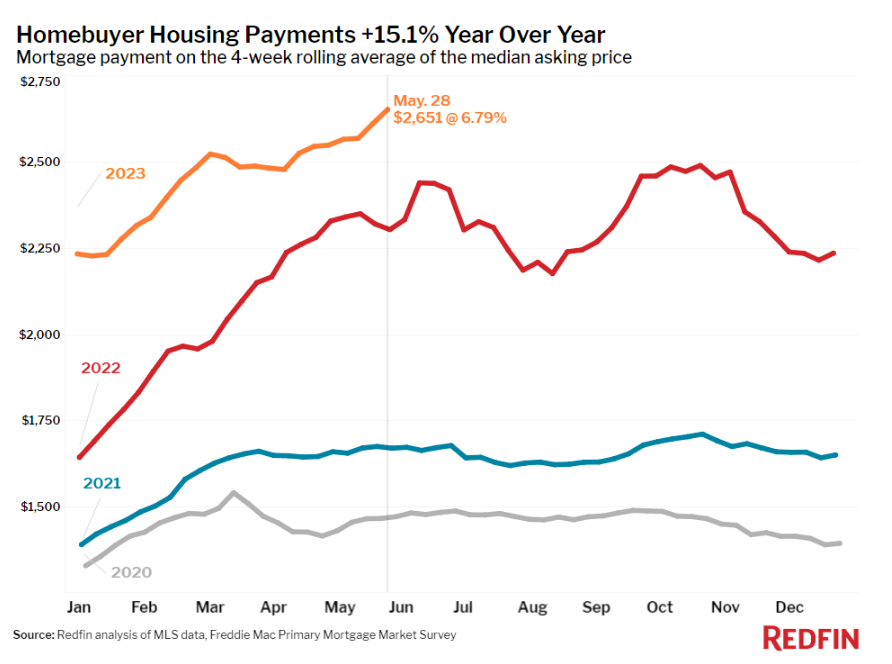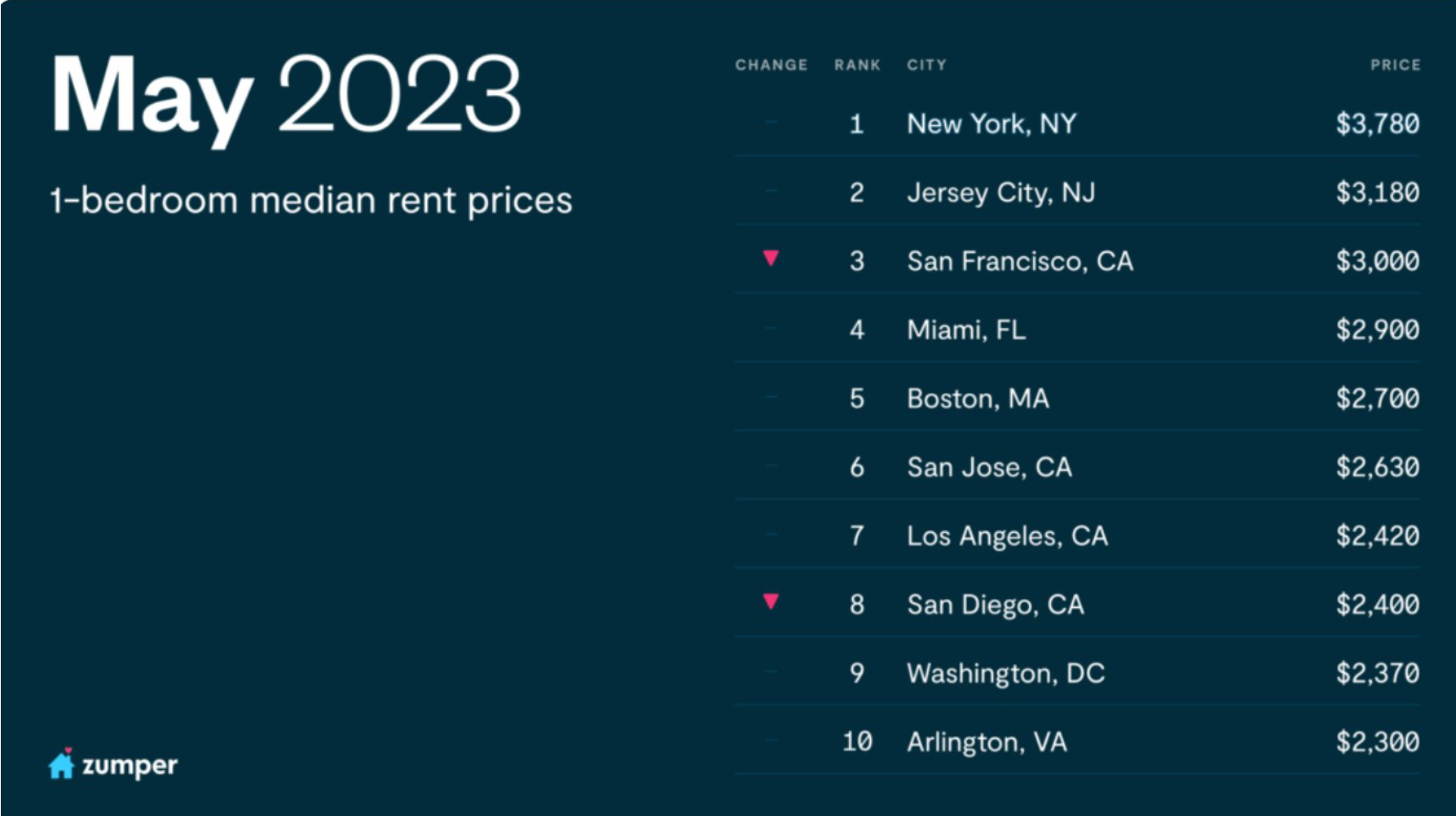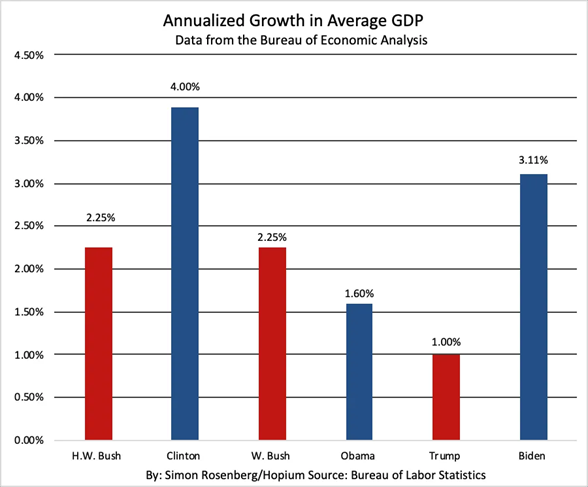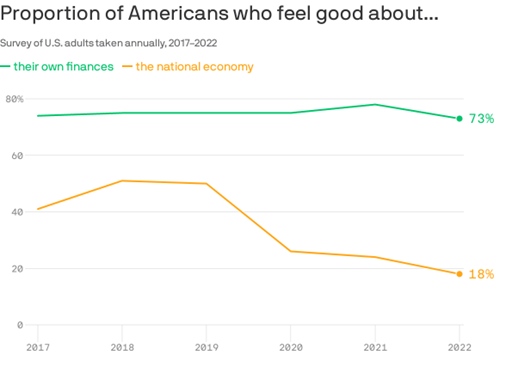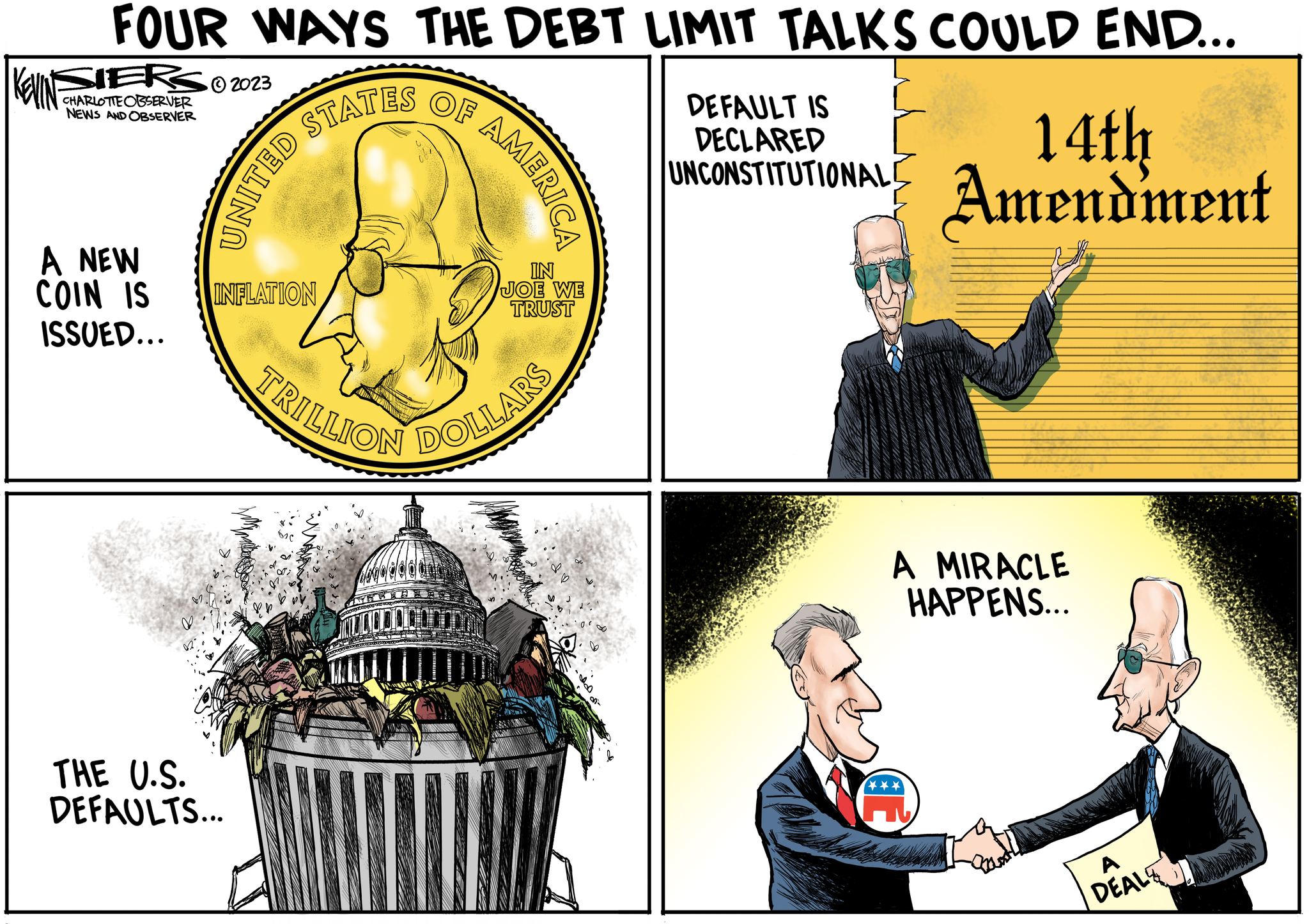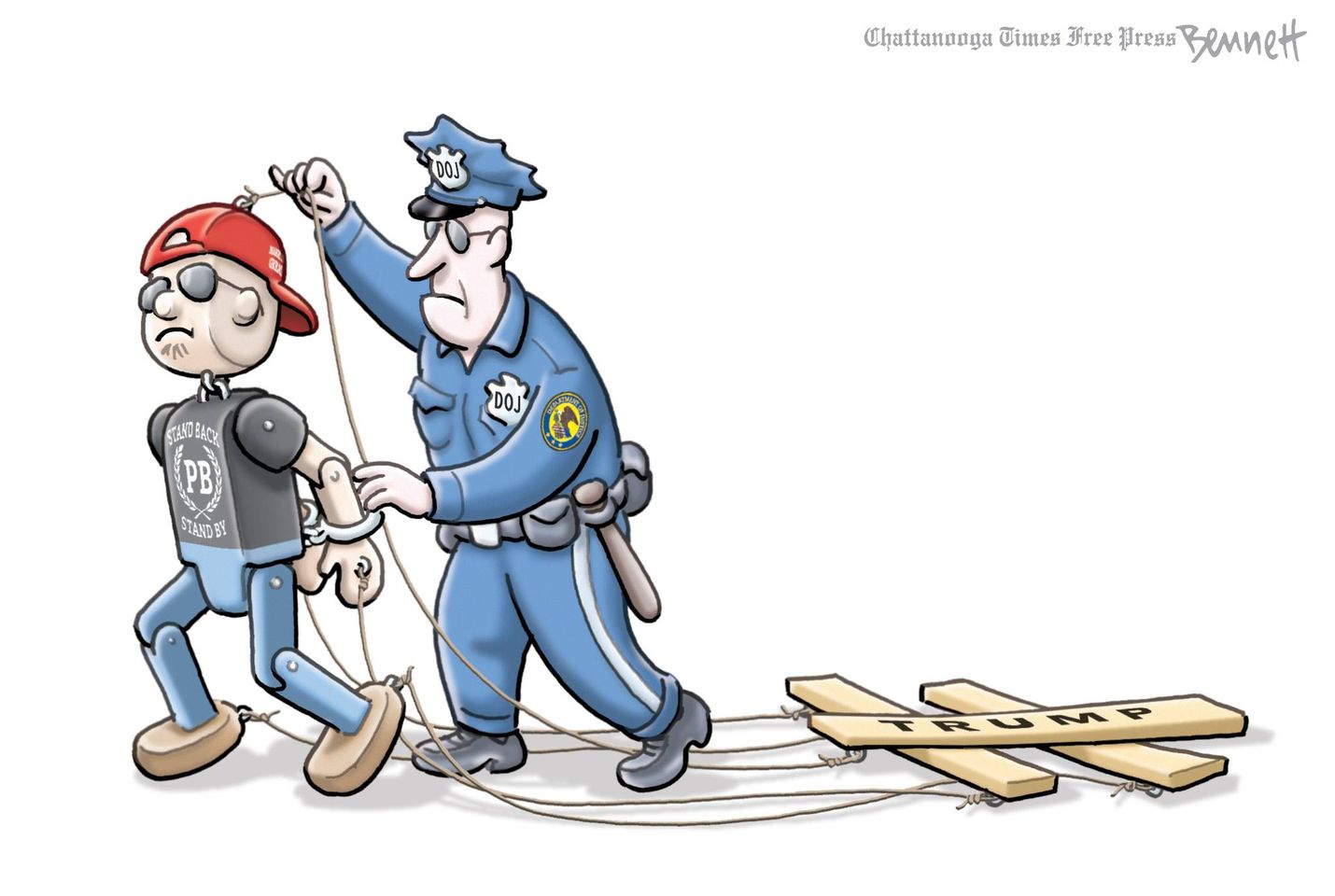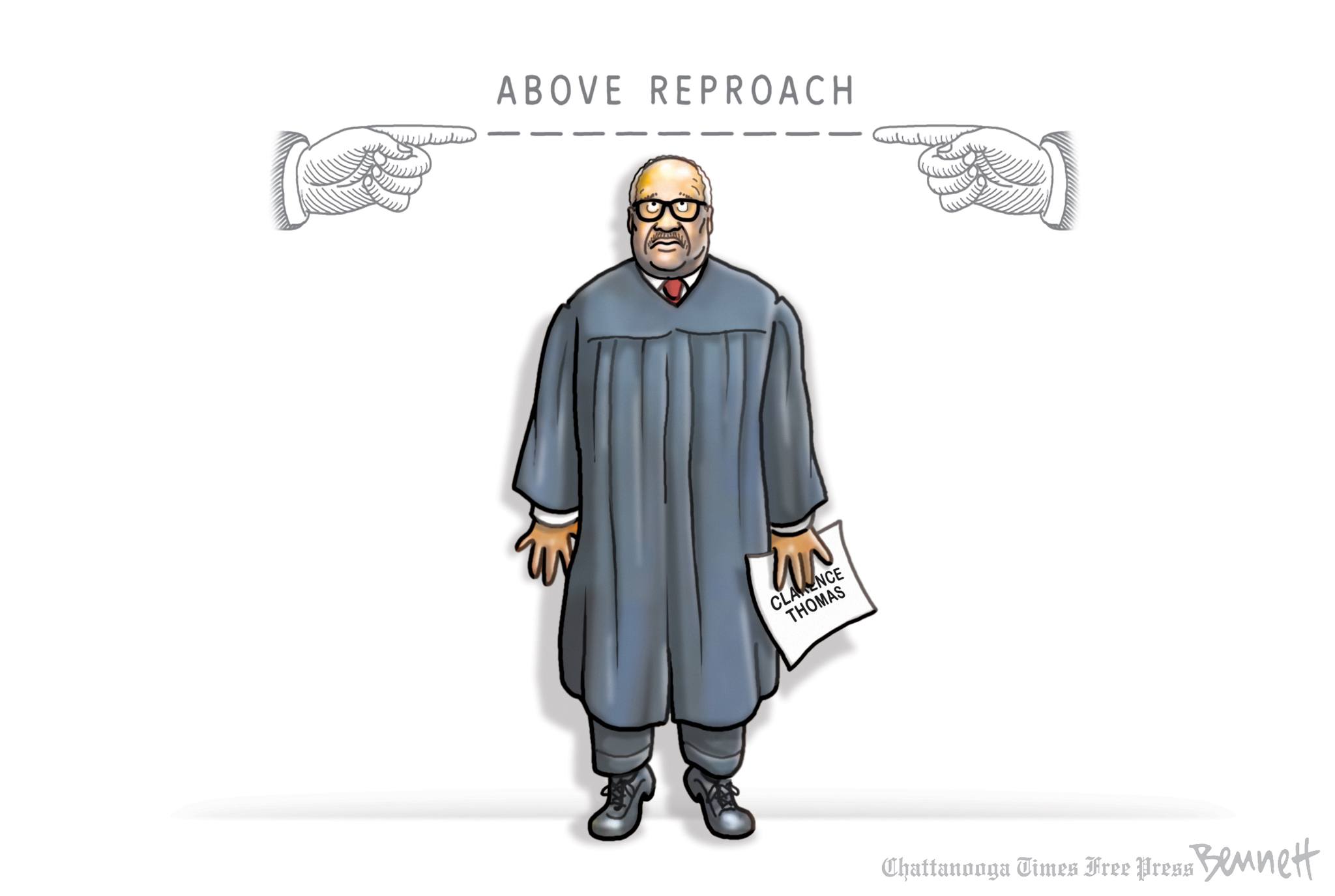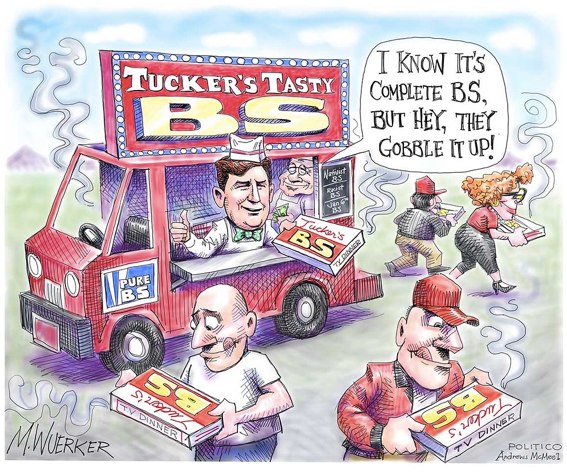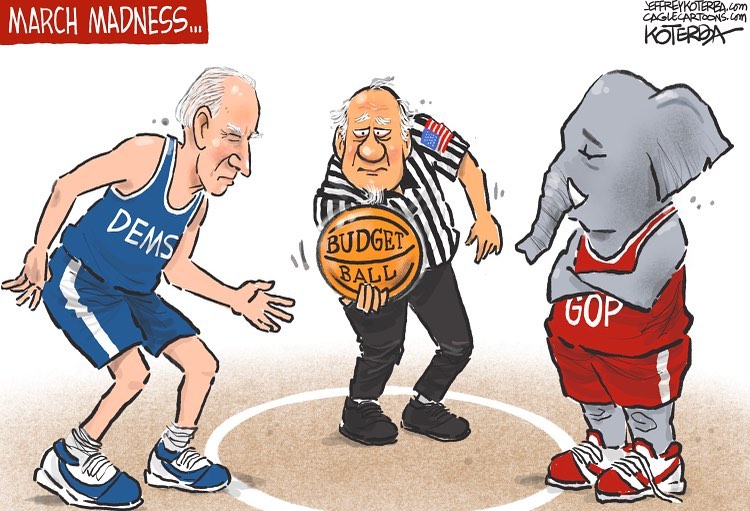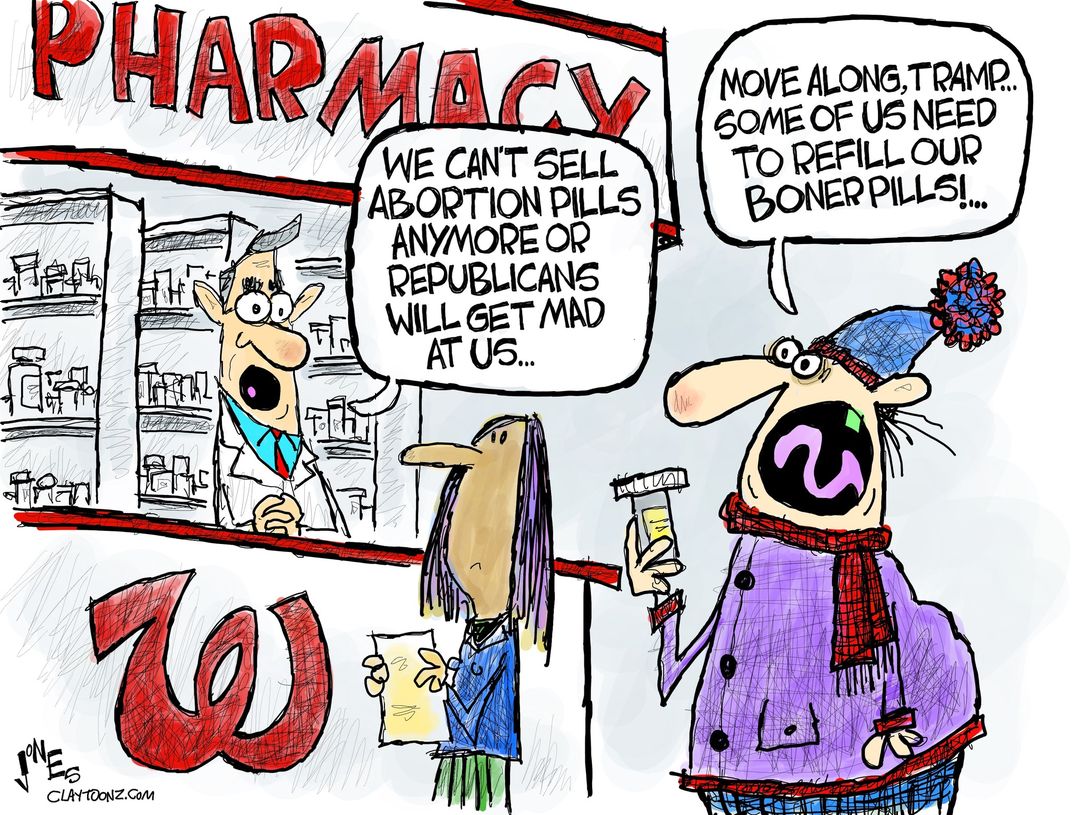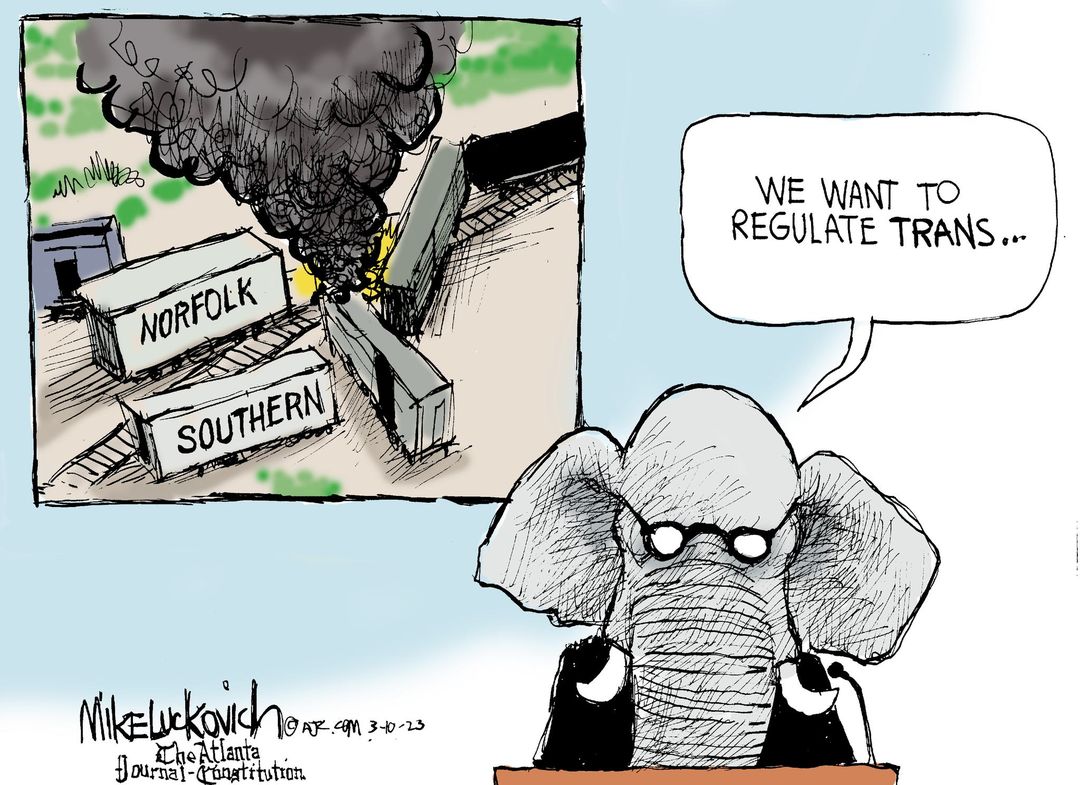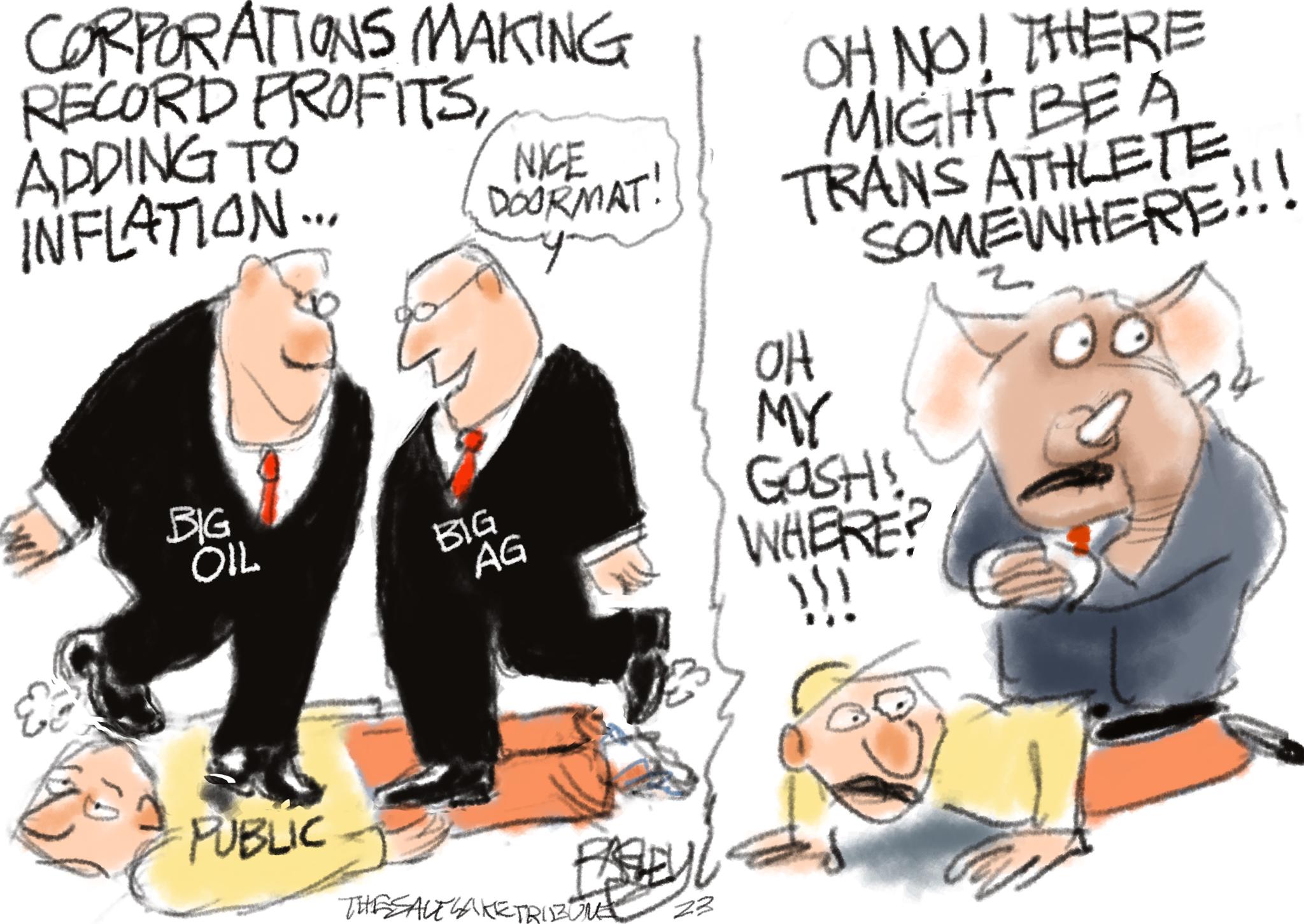The Daily Escape:

Comb Ridge, UT & AZ – July 2023 photo by RC Bullough Photography
Wrongo and Ms. Right were urban pioneers in NYC in the early 1980s. We rented a loft on Maiden Lane in the financial district. Back then, we had to go uptown or to Hoboken, NJ for groceries because there were so few people living amongst the downtown forest of office towers.
But by the 2020 census, lower Manhattan was the fourth fastest-growing residential neighborhood in NYC. Since the pandemic, downtowns have looked more like the ghost towns of the 1980s with so many workers adapting to remote work. And they seem to be staying away.
Things are going to get interesting. We may be at the beginning of a massive structural change, not just a temporary blip impacting office towers: It seems that companies have figured out they won’t ever need this vast amount of vacant office space. Brookings says that office utilization averages less than 50% across major US downtowns. While The Gothamist reports that national office vacancies are at a high of 19.2% (compared to 12.6% in early 2020). They also report that McKinsey predicts that remote work will erase $800 billion from urban office real estate values.
This has many cities thinking about conversion of office space into residential space. In NYC, 25 Water Street, which was once home to the Daily News and JPMorgan Chase, has a plan to gut the offices, carve out courtyards and add 10 floors to the 22-story structure. GFP Real Estate and Metro Loft bought the building, formerly known as 4 New York Plaza, in December for about $250 million.
One loophole is that the Financial District doesn’t require that the conversions include any affordable housing. So this project will not have any apartments with capped rents for low-income units. That isn’t true in other parts of the City, like Midtown, Queens or the Bronx.
Boston is testing an incentive program for developers to convert empty downtown offices into housing. Mayor Michelle Wu announced that the owners of repurposed buildings could get up to 75% off on their property taxes. Boston’s office market vacancy rate climbed to 14.2% in the second quarter, the highest level in 20 years, according to data from CBRE Group Inc. And median monthly rent for a one-bedroom apartment has jumped 8% in the past year to $2,800.
Boston’s downtown has about half of the city’s office space. An October 2022 report commissioned by the city found that economic activity downtown remained 20% to 40% below pre-pandemic levels for industries like retail.
Back in NYC, Mayor Eric Adams is also proposing incentives to designate 136 million square feet of office space for conversion to residential development. It’s worked before: A 1995 tax break for conversions helped create 13,000 new apartment units in Lower Manhattan.
Brookings raises the question of what the taxpayers’ interest should be in these conversions:
“To what extent are current high office vacancies a market problem whose burden falls on the private sector (property owners and investors) and to what extent do they represent a market failure and policy problem to which government must respond with financial support from the public?”
The advocates of tax breaks and other financial incentives say it will:
- Help drive foot traffic to downtown businesses struggling from a lack of commuters.
- Bolster municipal coffers, as cities often rely on property taxes from office buildings.
- Supply much-needed housing amid a shortage that has many paying exorbitant rents.
It seems that office-to-home conversions are no more a comprehensive remedy for housing than e-bikes are for transit issues. Few office buildings are truly suited for conversion. It’s often more straightforward for developers to knock down the existing structure and build condos from scratch.
Moreover, the best thing that cities can do to encourage more housing is to loosen zoning restrictions, allowing multi-use and apartment buildings to be developed rather than just supply tax breaks.
The battle lines are drawn. The 25 Water St. developer said state and city lawmakers will have to pay up if they actually want to turn vacant offices into homes:
“The politicians, if they want to create housing in New York City out of these buildings, they will need to provide significant incentives….And if they want to provide affordable housing, those incentives would have to be even higher.”
Time to wake up America! We can’t let our mayors give away more tax revenues to developers! We’re unsure if the current rate of office utilization will improve or not, so cities need to be smart about what they do next. To help you wake up, we dust off an oldie. Here are the Rolling Stones with “Salt of the Earth” from their album “Beggars Banquet”. Performed live at the Rolling Stones Rock and Roll Circus in 1968. This was the first tune where Keith Richards had the lead vocal:
Sample Lyric:
Raise your glass to the hard-working people
Let’s drink to the uncounted heads
Let’s think of the wavering millions
who need leaders but get gamblers instead



